Best Practices Articles

Navigating the Complexity of Modern B2B Partner Ecosystems
Companies today operate within an environment marked by accelerating digital change and increasingly sophisticated customer expectations. They must rethink traditional channel strategies and adopt a comprehensive, scalable partner ecosystem model to remain competitive. Unlike the linear supply chain of the past, where a vendor sold, a partner installed, and customer engagement ended post-deployment, modern partner ecosystems consist of interwoven networks where competitors and collaborators often coexist. These networks span sellers, implementers, software builders, technology enablers, and hyperscalers. Each plays multiple roles in a single transaction lifecycle. This evolution requires a deep understanding of these ecosystems' functioning and a well-defined framework to manage their complexity. Organizations must develop adaptive strategies that segment partners by size or region and their functional contribution to the value chain.
The transition also demands a cultural shift within companies. Traditional models emphasized control and predictability. Today, adaptability and co-creation define success. Organizations must foster an environment where diverse partner types coexist and amplify each other’s values. The partner ecosystem becomes not a support function but a strategic engine driving innovation, expansion, and customer satisfaction. Leadership teams must recognize the ecosystem as a core growth vector and invest accordingly in its development, governance, and optimization.
🎥 Watch the Full Video Podcast
Section 1: The Transformation of the Partner Ecosystem Structure
Historically, companies relied on a straightforward distribution model. Vendors maintained ownership of licensing while partners delivered implementation. This model generated clean handoffs but limited innovation and adaptability. As software solutions transitioned to cloud-based platforms, the partner ecosystem diversified. Companies now integrate a broad spectrum of partner types, including global system integrators (GSIs), independent software vendors (ISVs), resellers, and hyperscalers. Each type contributes uniquely. GSIs drive complex enterprise deployments—ISVs bridge product gaps with niche applications. Hyperscalers offer platform scalability and infrastructure options. These entities now often collaborate on the same account, combining capabilities to deliver comprehensive solutions.
This convergence introduces strategic friction. Firms must navigate overlapping roles and potential conflicts in joint go-to-market efforts. Managing this fluid dynamic requires precision segmentation and clarity in role definition. Unlike in the past, when roles were linear and sequential, today’s roles are simultaneous and interdependent. A single partner might engage in demand generation, implementation, and post-deployment support within the same engagement. Companies that fail to recognize and adapt to this evolution risk inefficiencies, role confusion, and reduced partner loyalty.
Moreover, digital transformation initiatives further complicate these structures. The technical complexity increases as enterprise software becomes deeply integrated with AI, automation, and data analytics. Organizations must identify partners with specialized capabilities who can align with these technological advancements. This calls for a continuous re-evaluation of the partner landscape. Legacy partnerships may no longer serve current needs, while new entrants bring novel capabilities that can redefine strategic directions.

Section 2: Categorizing Partners by Functional Value
Organizations cannot manage ecosystems effectively without classifying partners by functional value. A leading enterprise typically divides its partner base into four key categories: sell partners, service integrators, ISVs, and technology enablers. Sell partners focus on demand generation and customer acquisition. Service integrators handle customization, deployment, and long-term system maintenance. ISVs augment base software with vertical-specific or regional features. Technology enablers, including hyperscalers and AI infrastructure providers, underpin solution performance and scalability.
Modern partner management must account for multi-role scenarios. A partner like Microsoft may simultaneously sell, deploy, integrate, and host solutions. This role multiplicity demands governance models capable of accommodating flexible engagement types. Without this, overlapping responsibilities can create internal tension and misaligned strategies. Enterprises must regularly review partner engagements and refine classifications based on evolving business needs.
Functional classification also drives resource allocation. Strategic partners in high-value roles receive prioritized support, funding, and co-marketing opportunities. Lower-tier or emerging partners access scalable tools and templates. This tiered approach balances the need for customization with the imperative for scale. It also provides a framework for partner development. Organizations can help partners progress from transactional roles to strategic collaborators through enablement programs, training, and performance incentives.
Companies should not treat classification as static. Market dynamics evolve rapidly, and so do partner capabilities. Regular performance reviews, business plan assessments, and innovation contributions should influence partner status. Those who consistently deliver strategic value must ascend into closer alignment with core teams, while those whose impact diminishes may need to shift into more autonomous models.
Section 3: Dynamics of Partner Interactions and Competitive Cooperation
Today’s partner ecosystems embody a dual nature. Cooperation and competition frequently occur within the same relationships. A company may jointly market a solution with a hyperscaler while competing with that same partner’s native offerings. This duality requires mature ecosystem management. Companies must orchestrate complex go-to-market motions involving multiple partners with divergent incentives. Triple-play alliances are increasingly common. These involve a software provider, an implementation partner, and a platform enabler working as a unified front.
Such alliances deliver multi-layered value propositions to customers. However, they also require strict coordination and shared measurement models. Success depends on clearly defined goals, mutual investment, and synchronized execution. Firms that treat partners as interchangeable vendors rather than strategic allies will struggle to unlock the full potential of cooperative competition.
Navigating this space demands both transparency and strategic trust. Partners must understand each other’s contributions and feel confident in shared value creation. Organizations should establish joint business plans, co-innovation frameworks, and mutual accountability. These foundations strengthen collaboration while mitigating the risks of channel conflict or partner attrition.
Additionally, performance measurement plays a vital role. Shared key performance indicators (KPIs) such as deal velocity, co-marketed pipeline, customer satisfaction, and retention rates ensure aligned success metrics. Companies must also build systems that provide visibility across all partner-led activities. This transparency enables real-time decision-making and fosters agility in responding to market shifts or operational hurdles.

Section 4: Organizational Design to Support Ecosystem Scale
Managing modern partner ecosystems demands organizational restructuring. Leading companies establish dedicated teams for partner engagement, often segmented by partner tier and function. One team may manage strategic one-to-one partnerships with large GSIs or ISVs, while another builds scalable programs for long-tail partners. Companies must also invest in partner marketing and enablement resources. This includes providing digital tools, campaign assets, and co-marketing playbooks.
A maturity index helps companies assess partners’ marketing capabilities and tailor support accordingly. High-maturity partners often require minimal assistance. Mid-tier partners benefit from strategic guidance and periodic reviews. Low-maturity partners need foundational training on campaign execution, value proposition development, and digital outreach. By matching support levels to partner maturity, firms maximize ecosystem ROI without overextending internal resources.
Effective ecosystem design also incorporates AI-powered tools. These tools help partners discover the right campaigns, create custom content, and analyze real-time results. Automated content generation and recommendation engines enable even the smallest partners to run sophisticated campaigns with minimal support. This democratization of marketing accelerates partner performance and extends reach across markets that were previously cost-prohibitive to serve.
Staffing models must also evolve. Partner marketing teams need roles that blend strategic insight, technical fluency, and relationship management. Companies must recruit talent to translate complex partner interactions into clear, actionable strategies. At the same time, performance systems must recognize and reward ecosystem contributions. This includes pipelines influenced by partners, co-sell successes, and ecosystem-sourced innovations.
Section 5: Addressing the Evolving Customer and Buyer Journey
The complexity of partner ecosystems mirrors the transformation of customer buying behavior. Buyers now conduct extensive research before engaging vendors. Buying committees are younger, more diverse, and larger, sometimes including 15 to 20 stakeholders. Each stakeholder contributes unique perspectives and decision criteria. Organizations must create marketing journeys that support self-directed discovery. Partners must align messaging across all journey phases, from awareness to post-sale adoption.
Content strategies should reflect this progression. Technical buyers seek documentation and case studies. Business stakeholders look for ROI narratives. Executives require strategic vision and risk mitigation. Consistency across these layers builds trust. Partner ecosystems must mirror this layered engagement with cohesive, cross-functional messaging. Companies must empower partners to maintain messaging fidelity while adapting it to their specific verticals or customer segments.
The partner role extends beyond sale into adoption, expansion, and retention. As more software delivery shifts to SaaS, customer success metrics become critical. Partners must guide customers through onboarding, training, and product utilization. Renewals hinge on usage, and expansion depends on demonstrated value. Partner ecosystems must integrate tightly with customer success functions to ensure lifecycle engagement.
Digital tools and analytics support this effort. Predictive models help identify customers at risk of churn. Triggered workflows prompt partners to engage customers before issues escalate. Shared dashboards enable vendors and partners to coordinate efforts in real time. This integrated approach ensures customer satisfaction and long-term value realization.
Conclusion
The shift from traditional channels to dynamic partner ecosystems represents one of the most profound changes in enterprise go-to-market strategy. Organizations that recognize and respond to this shift position themselves to leverage exponential growth. Success requires segmenting partners by functional value, clearly managing multi-role partnerships, and enabling partners with tailored support. Firms must also recalibrate their organizational models to scale relationship management effectively. Above all, they must align ecosystem activities with evolving customer behavior.
When organizations build and manage partner ecosystems with intention and strategic foresight, they unlock innovation, reach new markets, and increase customer satisfaction. In an era of continuous digital transformation, mastering ecosystem complexity is a key competitive differentiator. Companies that navigate this complexity gain a market advantage and build resilient, adaptive systems that thrive amid disruption. By fostering a culture of collaboration, transparency, and innovation, enterprises elevate partner ecosystems from operational necessity to strategic imperative.
Best Practices Guidebook
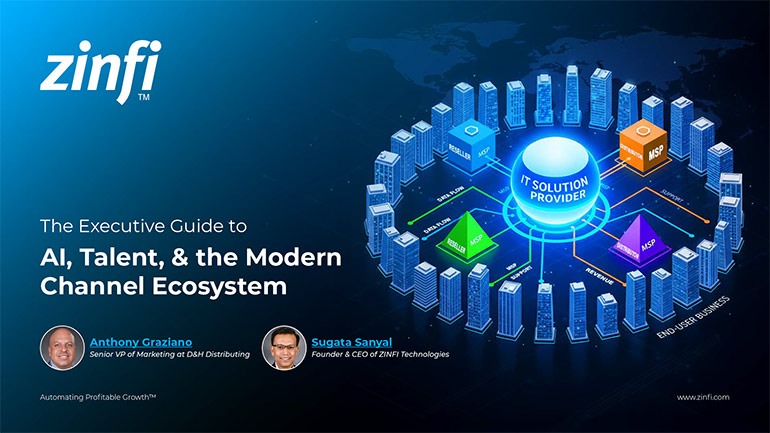 Modernizing Channel Marketing: AI and Ecosystem Enablement Best Practices
Modernizing Channel Marketing: AI and Ecosystem Enablement Best PracticesDownload for FREE
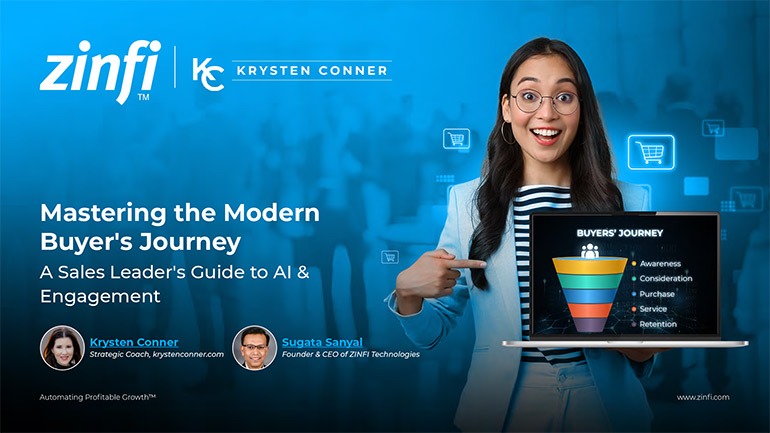 The Channel’s Shift to Partner-Led With AI Best Practices
The Channel’s Shift to Partner-Led With AI Best PracticesDownload for FREE
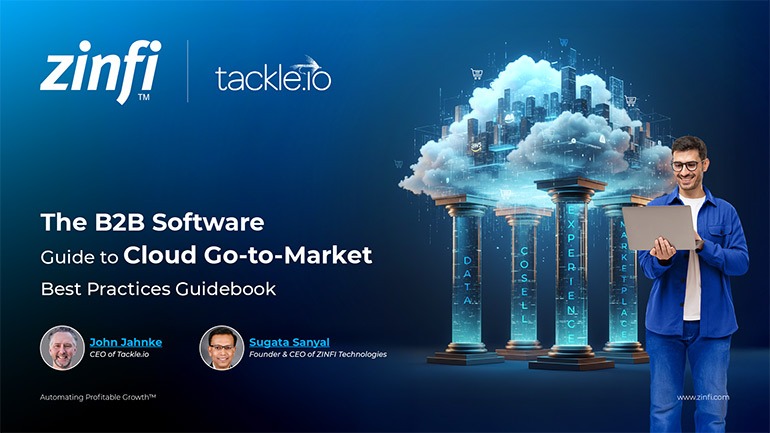 Hyperscalers, ISVs, and AI: Shaping the Future of B2B Software Distribution
Hyperscalers, ISVs, and AI: Shaping the Future of B2B Software DistributionDownload for FREE
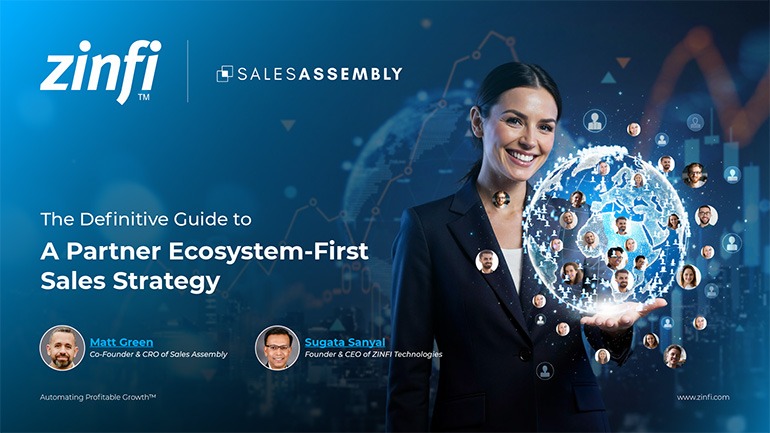 Definitive Guide to a Partner Ecosystem-First Sales Strategy
Definitive Guide to a Partner Ecosystem-First Sales StrategyDownload for FREE
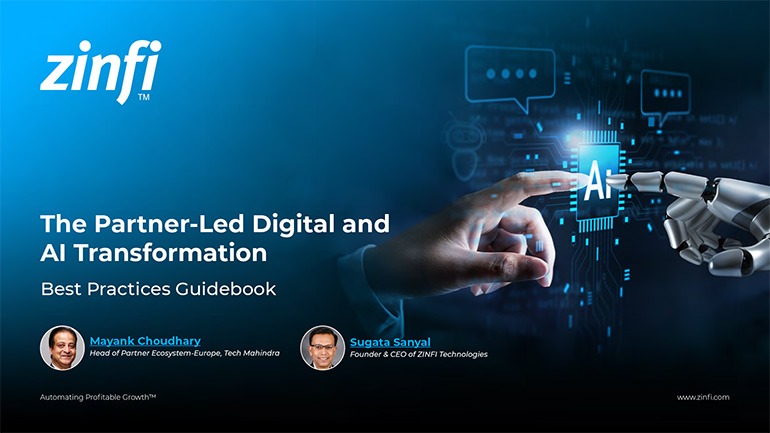 The Partner-Led Digital and AI Transformation Best Practices
The Partner-Led Digital and AI Transformation Best PracticesDownload for FREE
 Startup Talent Recruitment: Hiring Missionaries, Not Mercenaries
Startup Talent Recruitment: Hiring Missionaries, Not MercenariesDownload for FREE
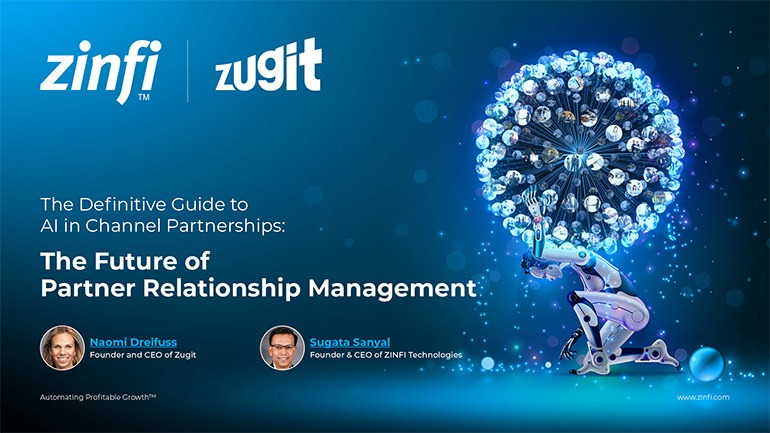 The Future of Partner Relationship Management with AI in Partnerships
The Future of Partner Relationship Management with AI in PartnershipsDownload for FREE
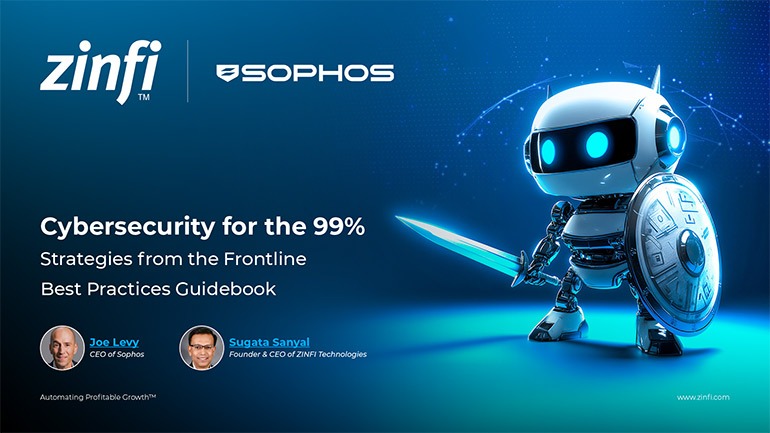 Cybersecurity for the 99%: Strategies from the Frontline
Cybersecurity for the 99%: Strategies from the FrontlineDownload for FREE
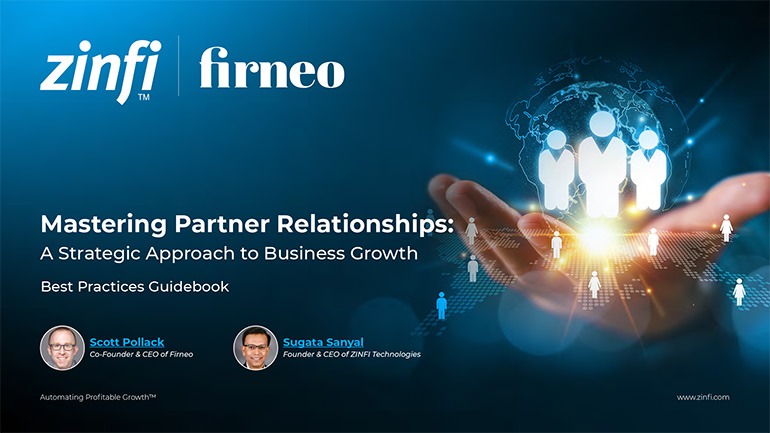 Mastering Partner Relationships: A Strategic Approach to Business Growth
Mastering Partner Relationships: A Strategic Approach to Business GrowthDownload for FREE
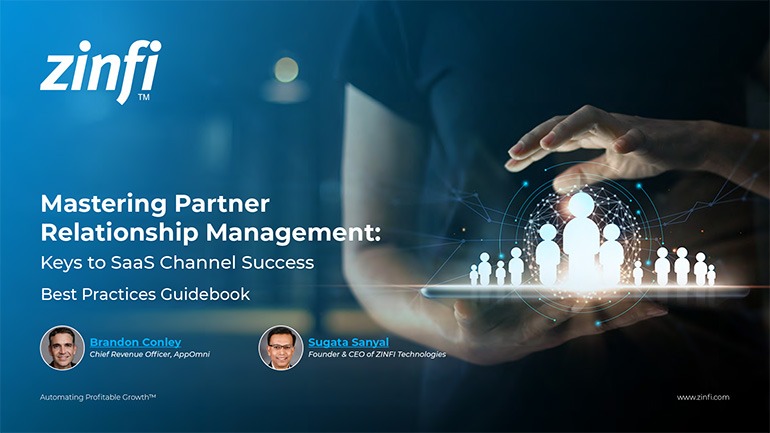 Mastering Partner Relationship Management: Keys to SaaS Channel Success
Mastering Partner Relationship Management: Keys to SaaS Channel SuccessDownload for FREE
 Navigating the AI Revolution: Guide for Partners in the Microsoft Ecosystem
Navigating the AI Revolution: Guide for Partners in the Microsoft EcosystemDownload for FREE
 Mastering the Modern Buyers Journey: Sales Leader’s Guide to AI & Engagement
Mastering the Modern Buyers Journey: Sales Leader’s Guide to AI & EngagementDownload for FREE










